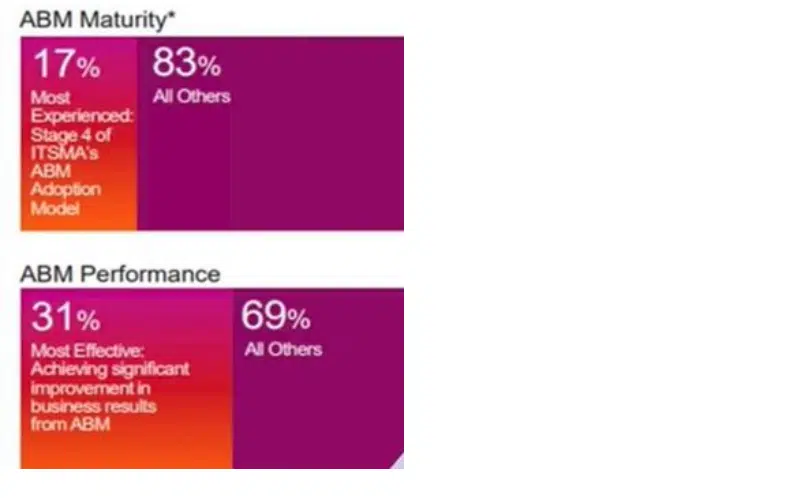For ABM marketing, don’t get lost in technology
Simply having ABM technology doesn’t mean you have a strategy. The strategy should come first and be supported by the tech.
Account-based marketing (ABM) is a B2B strategy with evolving technology that helps marketers identify in-market prospects and craft digital experiences for buying groups and individual group members. The strategy and technology go hand-in-hand because ABM is intrinsically strategic. For this reason, marketing organizations should keep strategy as their top priority so they don’t get lost in the technology.
“It doesn’t matter what technologies you use if the teams do not have the right content, the right messaging, and they’re not having the right interactions and delivering the right experiences,” said Kristina Jaramillo, President of consulting firm Personal ABM at The MarTech Conference.
Scaling up advertising isn’t a strategy
“Many marketers still view ABM as targeted account-based advertising,” said Jaramillo. “Simply having ABM tech doesn’t mean you have a strategy. The strategy comes first and should be supported by the tech.”
She added, “This tech focus makes ABM all about campaigns and touches versus creating differentiated relevant moments, interactions and experiences.”
Strategy involves the planning that goes into these moments and demonstrating that you, the marketer, knows what’s relevant to your buying group.
ABM solutions can help your organization gain insights about the customer, based on behaviors and other data, to make the experiences more relevant. The technology shouldn’t be used simply to blast out a higher volume of emails or ads.
Getting closer to high-value sales
The ABM strategy shouldn’t be confused with lead generation and getting new prospects into the sales pipeline. Instead, the ABM strategy should focus on how to move buyers closer to a sale once they are already in the pipeline.
“ABM should really be about how organizations can move these accounts to revenue,” said Jaramillo. “ABM should truly be about how leadership, sales, marketing, revenue, sales enablement, customer success — and even product teams — work together to hit the number the business needs to get to the next level.”
Mature ABM marketing organizations are looking for ways to fix and improve business fundamentals like win rates, deal sizes, sales, ROI and sales cycle time.
The majority of organizations that Personal ABM has studied haven’t reached this level of ABM maturity.

Building relevance with every communication
Instead of jumping in with an ABM platform that scales up your pipeline, first get marketing and sales aligned to determine how to communicate with prospects in a more relevant, account-specific way.
“[Marketing orgs] are failing to think about how they need to change sales and marketing motions or the social media, e-mail or live interactions that they have with key accounts, and the experiences that are being delivered across the board,” said Jaramillo.
They’re also not thinking about how these messages can be leveraged to “change the narrative” and “challenge the status quo.” ABM campaigns need to create a buying vision for prospects, and that takes strategy, not automation.
And once these prospects are moving closer to a purchase, campaigns need to transition from “one-to-many” messages to personalized, relevant communications that can win over IT teams and the C-suite.
“At each interaction, marketers need to uncover why there was intent in the first place so they can align with those targeted accounts, and put in place a plan to win the entire team over,” Jaramillo said.
In this way, B2B marketers will keep strategy a priority and not get lost in technology.
“ABM Tech is only a piece of the puzzle,” said Jaramillo. “And in many cases I believe it should really be the last piece that you focus on.”
Register for The MarTech Conference here.
Contributing authors are invited to create content for MarTech and are chosen for their expertise and contribution to the martech community. Our contributors work under the oversight of the editorial staff and contributions are checked for quality and relevance to our readers. MarTech is owned by Semrush. Contributor was not asked to make any direct or indirect mentions of Semrush. The opinions they express are their own.
Related stories
New on MarTech